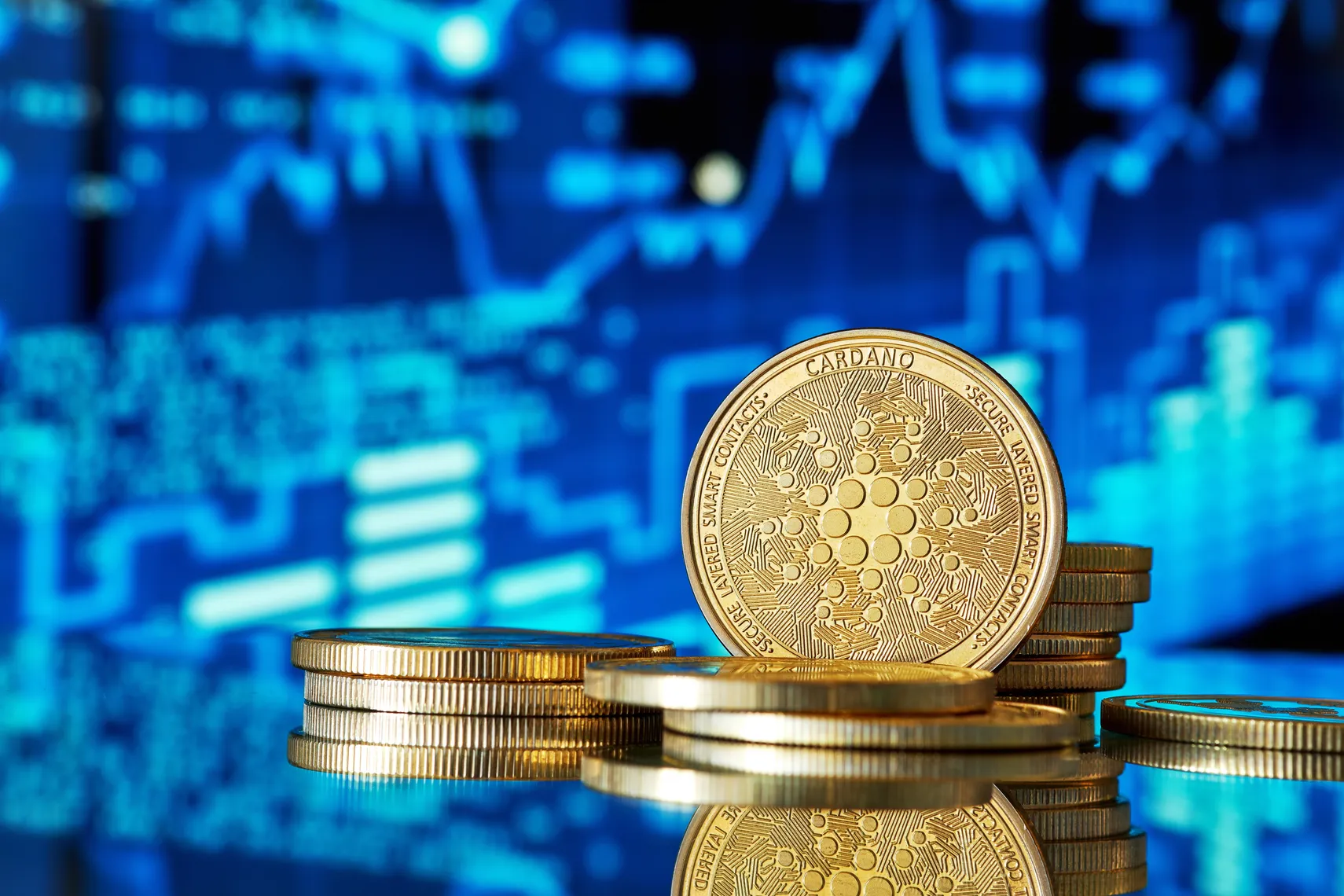Who owns the most Cardano coin (ADA)?
Cardano (ADA) is a major blockchain network with a broad base of participants, including individual holders, institutions and staking pools.
Understanding how its ownership is distributed can provide useful context for analysing on-chain activity and market behaviour, without implying any forecast or recommendation.
As of late 2025, the top 100 Cardano addresses hold about 29.6% of the total ADA supply (FXStreet, 12 September 2025).
The main organisational holders – IOHK, EMURGO and the Cardano Foundation – remain key stakeholders, but the largest wallets visible on the chain’s rich list are mainly exchange and staking-pool addresses, which aggregate user funds for custody and staking participation.
Because the network is pseudonymous, the identities of most large holders remain undisclosed, and many addresses may represent pooled funds rather than individual investors.
What is Cardano (ADA)?
Cardano (ADA) is a blockchain platform that utilises a proof-of-stake (PoS) consensus mechanism. It focuses on smart contracts and security. It was founded in 2017 by cryptocurrency developers Charles Hoskinson and Jeremy Wood.
The Cardano blockchain was named after Gerolamo Cardano, an Italian polymath from the 16th century. Ada Lovelace, a 19th-century mathematician widely recognised as the first computer programmer, inspired the network's native coin’s name, ADA.
Whale accumulation trends
Between 6 and 10 November 2025, Cardano whale and shark wallets – those holding 100,000 to 100 million ADA – accumulated approximately 348 million ADA, worth over $200 million (Bitrue, 11 November 2025).
Wallets in the 1 million to 100 million ADA range have shown increased buying activity below $0.60, a trend that has historically correlated with short-term rebounds. On-chain data shows a clear shift from net selling in September–October to net accumulation in November, helping to stabilise prices near recent lows (Blockchain News, 10 November 2025).
Such behaviour could be interpreted as a positive on-chain signal, suggesting reduced selling pressure and improved market stability, though price performance ultimately depends on broader market conditions.
Past performance is not a reliable indicator of future results.
Institutional and ETF developments
Institutional adoption remains a central theme for Cardano in 2025, with capital allocations expanding into stablecoins, decentralised finance (DeFi) and real-world asset tokenisation. The Cardano Foundation has earmarked over 220 million ADA to support decentralised representatives (DReps) and wider ecosystem growth.
Grayscale has submitted an application for a US-listed ADA ETF ('GADA') in February 2025, which – as of 11 November 2025 – is currently under SEC review. If approved, it could attract additional institutional inflows, similar to the reaction observed following previous Bitcoin ETF launches.
Institutional exposure to ADA has also increased through multi-asset investment vehicles such as Grayscale’s Smart Contract Platform Ex-Ethereum Fund.
While ETF approval is not certain, analysts generally view its likelihood by the end of 2025 as reasonably high, which could expand regulated market access and support greater liquidity.
The road ahead for cardano (ADA)
Cardano’s 2025 development roadmap focuses on enhancing scalability, privacy and ecosystem diversity. The Midnight mainnet – a privacy-focused sidechain – is expected to launch soon, alongside new NFT infrastructure and governance updates related to staking.
The expanding DeFi and NFT ecosystems continue to attract developers and liquidity, reinforcing Cardano’s position as a prominent layer-1 protocol.
ADA traded near $0.60 in early November 2025, following sharp volatility within a $0.52–$0.92 range in recent months. While the token remains more than 80% below its 2021 peak, on-chain accumulation and institutional participation have helped establish firmer support levels.
Past performance is not a reliable indicator of future results.
The bottom line
Understanding who holds the most Cardano and how whale activity affects short-term price moves can help put market dynamics into perspective. However, ADA’s longer-term performance will depend on adoption, utility and broader market conditions.
Create an account Open a demo account